Day 5: TAWANG LOCAL SIGHTSEEING + BUMLA PASS EXCURSION
After breakfast at 7.30 am, proceed in a local car for an excursion to Bumla Pass. Situated at an altitude of 16,500 feet, the pass displays the monuments of the brave soldiers who sacrificed their lives for the sake of the nation during 1962 Indo-China War. At present, the pass is a military border post for both Indian and Chinese army. Visit Sangetsar Lake: one of the many shinning silver lakes of Tawang. It is surrounded by trees and is also known as Madhuri Lake. The lake was formed during the disastrous earthquake that occurred in 1950 A.D and featured in Shahrukh Khan and Madhuri Dixit starrer Bollywood Hindi thriller movie ‘Koyla’.
Nagula Lake: At an altitude of 13500 ft, it is one of the highest altitude small and captivating lakes in Tawang. Rhododendron flowers bloom in abundance during spring season, and the scenic landscape of the lake leaves everyone spellbound. Brahminy ducks are often spotted around the lake and the changing colors of the lake water with reflection of nearby mountains in it, is a great sight to observe.
P T Tso Lake: Pangkang Teng Tso Lake looks like a painter’s masterpiece. The shimmering silver lake appears like a blue lapis ‘Lzuli’ on a bright, clear day encompassed by flowers of different hue during October. The winter months cover the lake with snow changing its color to stark white. During the day’s sightseeing, expect witnessing the stunning beauty of the valley and mountains with blooming Rhododendrons in May-June.
Later, in the afternoon, return to Tawang town and visit Tawang Monastery: Tawang is home place of the second largest monastery in the world. The Tawang Monastery is set amidst snow-capped mountains and beautiful valleys. It houses about 450 monks, their residential buildings, library, meeting hall, community kitchen and a three storied prayer hall called Dukhang. Established during 1680-1681 by Merak Lama Lodre Gyatso after fulfilling the wishes of the 5th Dalai Lama, Ngawang Lobsang Gyatso, Tawang monastery is renowned to be the prominent centre of the Gelugpa sect, the socio-religious hub of Tawang for the last 400 years and also a base for Buddhist cultural studies. This magnificent monastery is a visitor’s attraction for its beautifully carved 8 meter high, gold plated Bronze idol of Lord Buddha. It treasures a large number of images, Thangkas, mural paintings, and sacred Buddhist ancient scriptures lettered in Gold.
Urgelling Monastery: The birthplace of His Holiness, the 6th Dalai Lama Urgelling Monastery was established by the Lama Urgen Sangpo. This monastery houses many ancient Buddhist relics along with the footprints and fingerprints of the Dalai Lama, kept for visitors to seek blessings. Craft Centre:
Tawang is rich in unique crafts and handloom products. Variety of craftsmanship is displayed in carpet weaving (woolen carpets), wood carving, handmade papermaking, Thangka painting showcasing a Buddhist influence and sandalwood making. Giant Buddha Statue: A tall Buddha statue located near the Circuit House in Tawang town facing towards the Tawang city. The majestic statue is visible from all parts of the town. It is a serene place to relax and pray. In the late afternoon, make a visit to the Local Market at Tawang for shopping.
In the evening, visit – Tawang War Memorial: A 40 feet multi-colored war memorial built in honor of the martyrs who sacrificed their lives during 1962 Indo-China War. Locally called ‘Namgyal Chorten’, the memorial is constructed in a stupa design. It bears the names of 2420 warriors written in Gold on 32 black granite plaques. Overnight stay in the hotel.

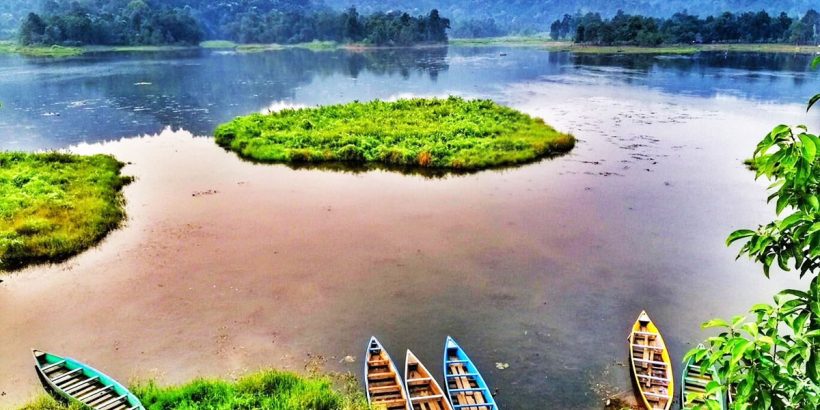
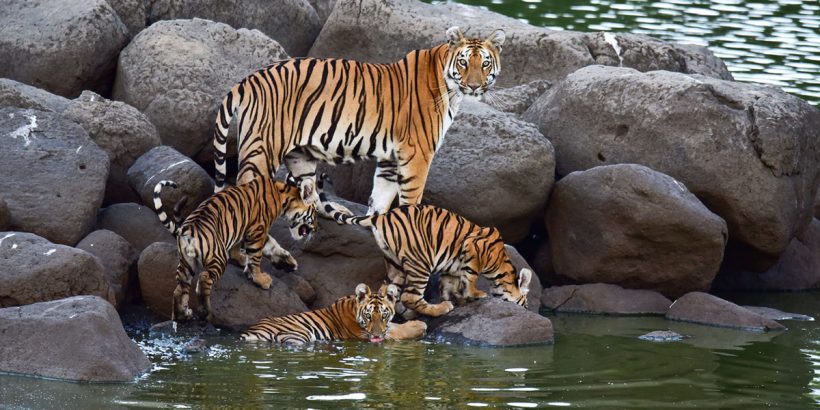
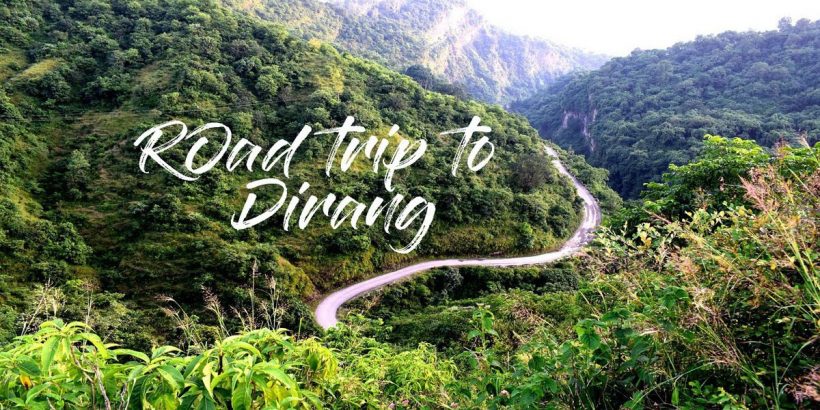
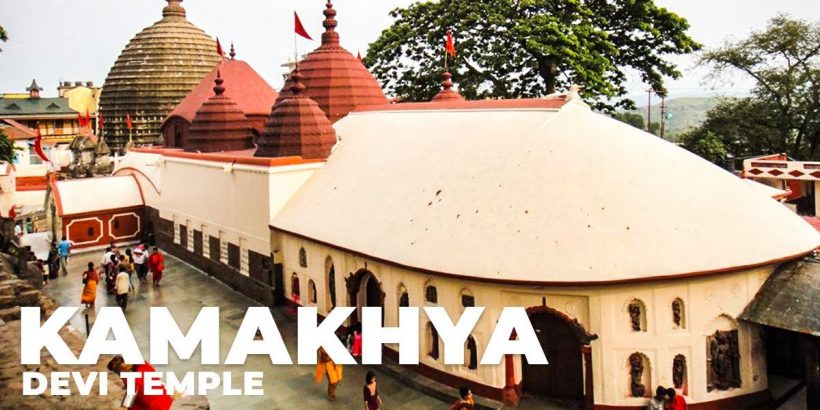
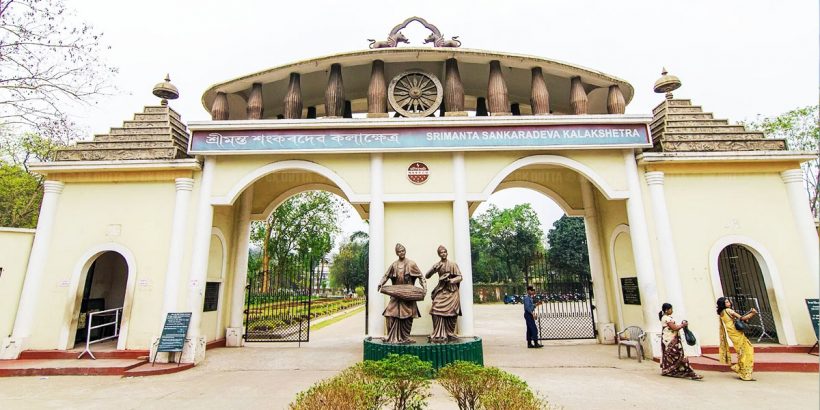
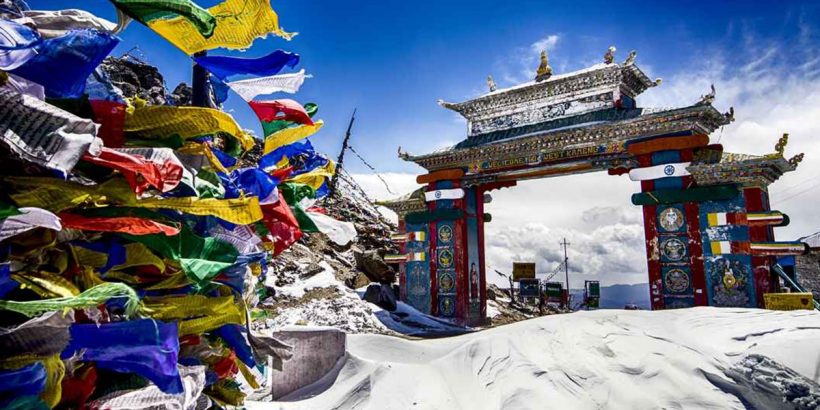
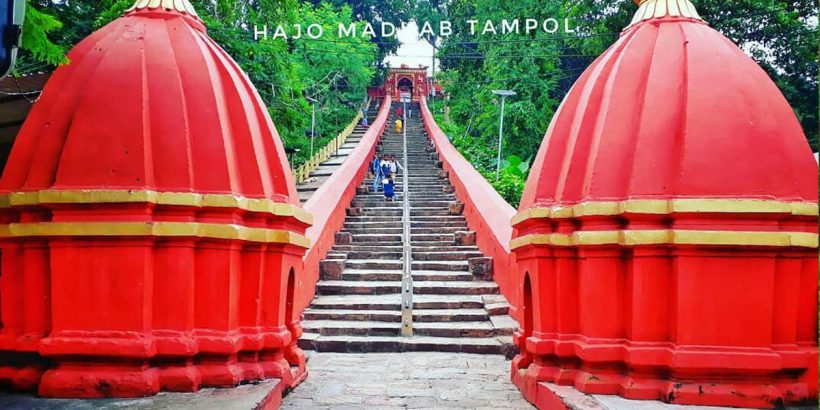
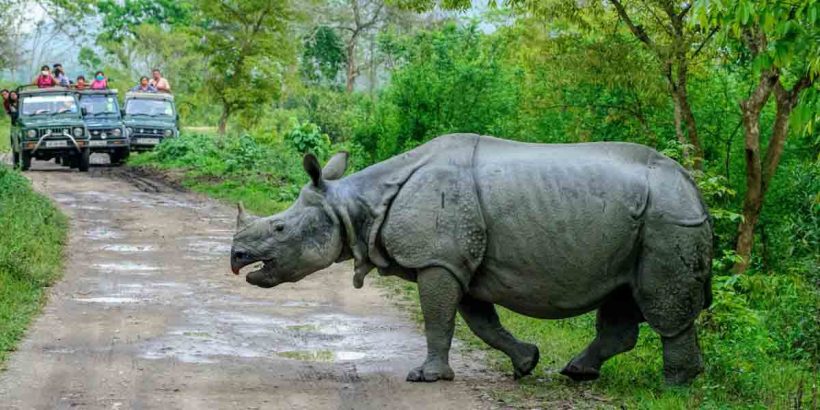
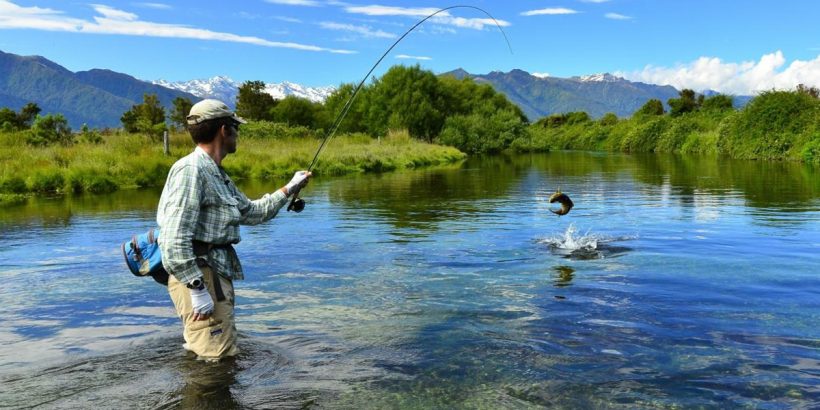
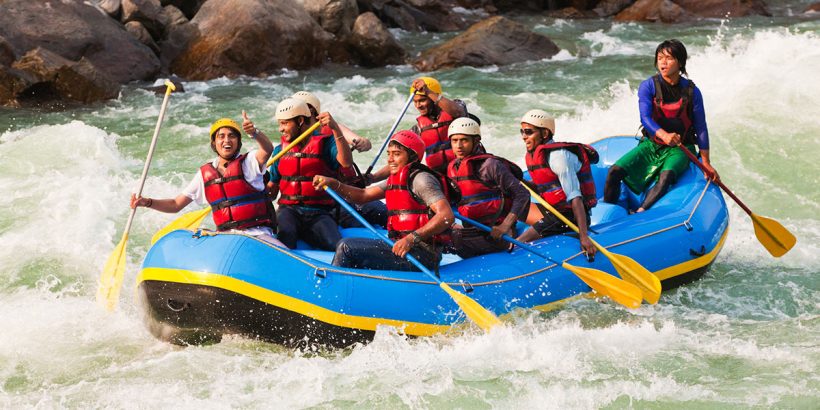
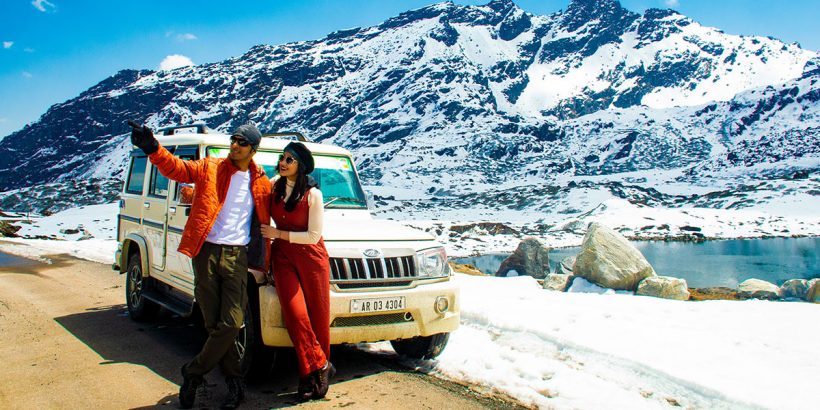
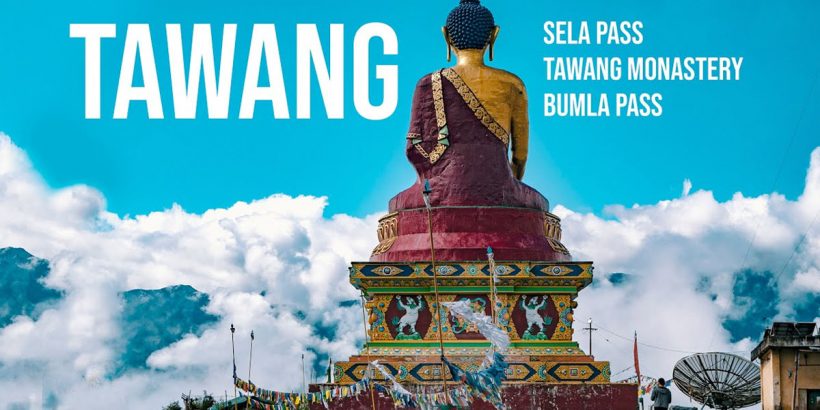
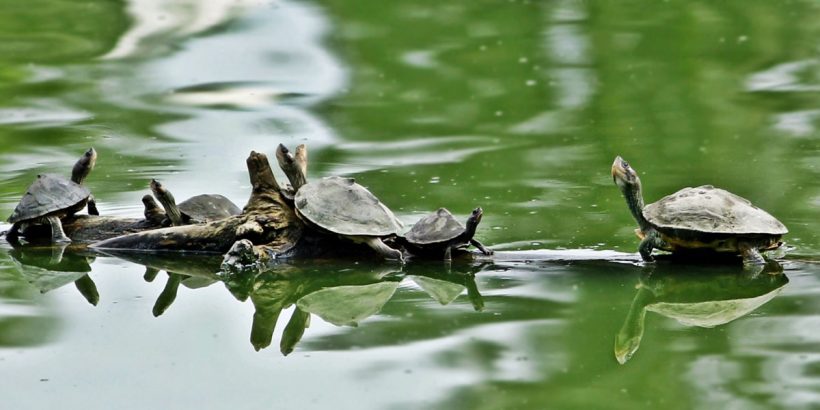
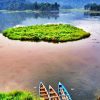
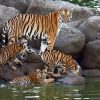
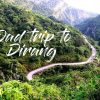
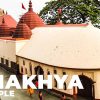
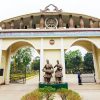
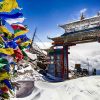
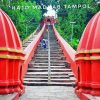
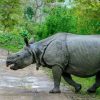
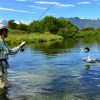
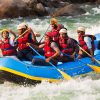
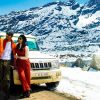
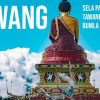
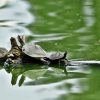

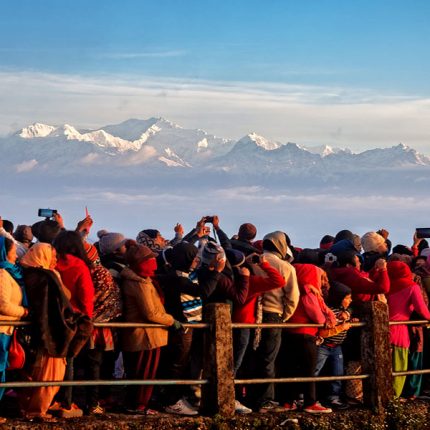
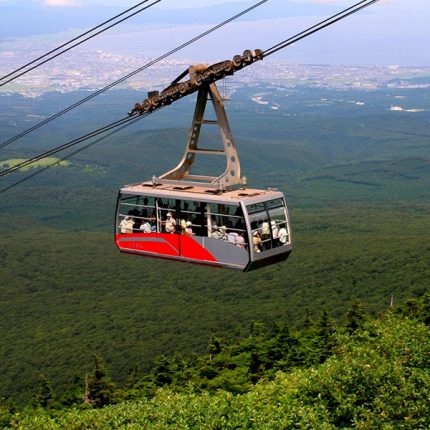
Reviews
There are no reviews yet.